As an Amazon Associate I earn from qualifying purchases.
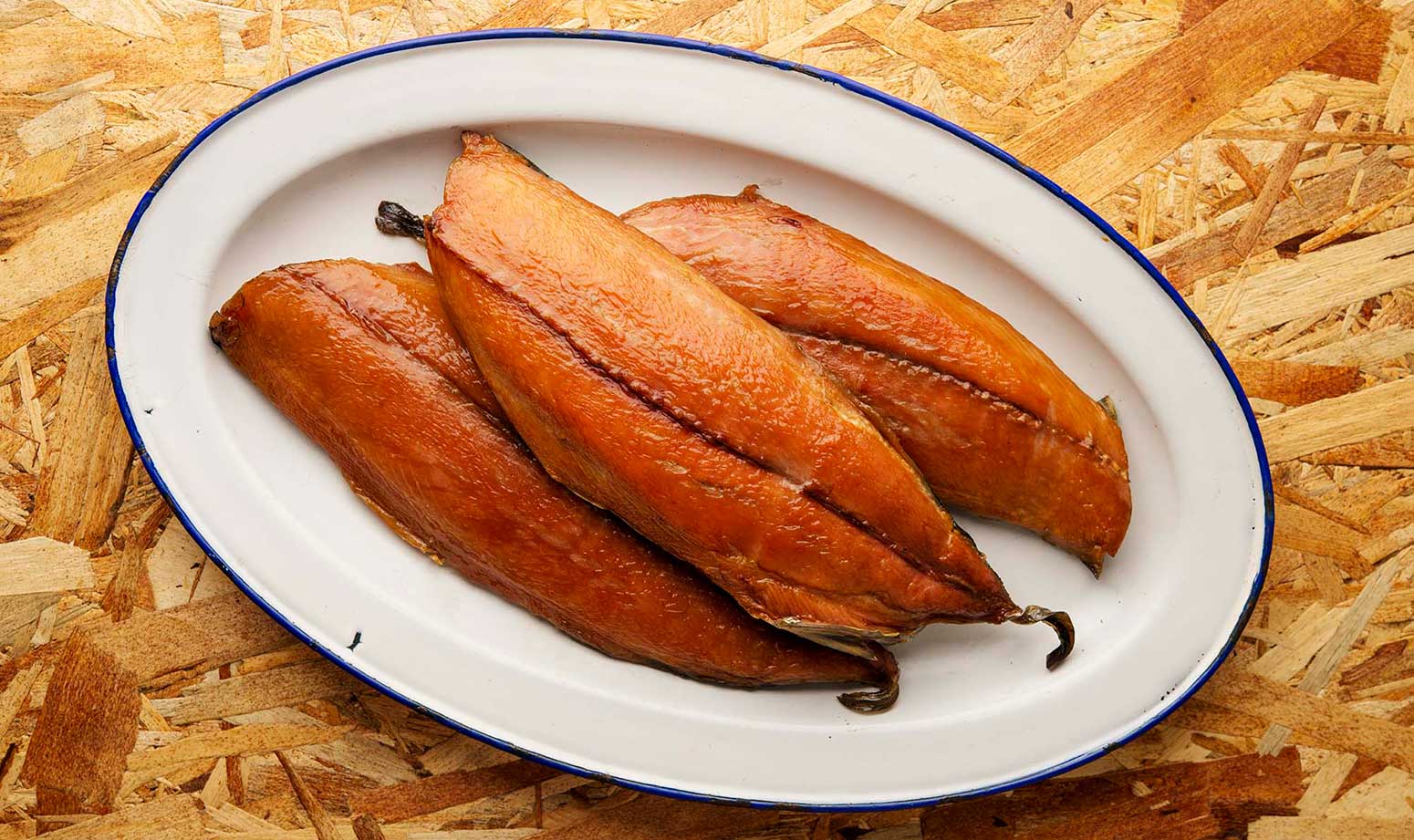
Sometimes I get frustrated that I have to even write an article on how to cook bonito fish — after all, this little tuna’s name means “pretty” in Spanish, and it is as delicious as it is lovely. How it got to be classified as a trash fish is beyond me.
Actually, it’s not. I know exactly how it happened.
To start with, there is a lot of confusion about exactly which fish we are referencing. In general, when we say “bonito” we are talking about the Atlantic bonito, Sarda sarda; striped bonito, Sarda orientalis; or the Pacific bonito, Sarda lineolata. There is also a very similar fish called a false albacore, Euthynnus alletteratus.
And all of these are reasonably similar to skipjack and blackfin tuna. What ties them all together? They’re all considered lesser fish to the glamour tunas, the bluefin, yellowfin, bigeye and albacore. And yes, I would rather eat those last four than the rest.
But that doesn’t mean that bonito is a trash fish. But here’s how it and its cousins got that reputation.
Unjustly Unloved
First, you almost always catch them while looking for other fish. The last time I caught bonito I was trying to catch yellowtail, a highly sought-after species of jack. So when you catch a bonito, you are often inherently frustrated that you did not catch what got you out on the water that day.
Second, all these micro-tunas are darker, and often have more prominent blood lines, proportionally speaking, than their glamorous cousins. And that dark, blood line meat is indeed fishy and, well, not even to my liking, and I love Boston mackerel. But the rest of the meat is wonderful.
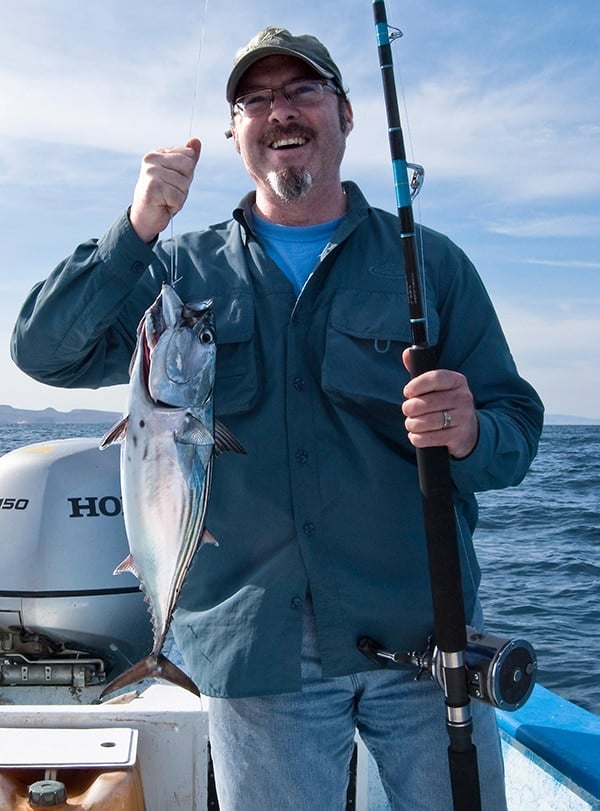
Third, because they are often not the targeted species, they are treated poorly on deck. This is the main reason for their undeserved reputation. Imagine catching an albacore or yellowfin and not bleeding it on deck immediately? And imagine then not getting the fish on ice as soon as that process is done?
If you can imagine that, you know why people hate on bonito fish. Unless you bleed and ice them on board, they will get mushy and stinky in a hurry. Worse than sharks even.
But if you do treat them well, they will treat you well.
All these fish are sustainable, barely touched by commercial fishing. They are the tuna you can feel good about eating. And beyond that, they nearly as good as Glamour Four. And cheaper and easier to catch.
Once you have bonito, you fillet them like any other fish. I usually skin them (unless I am smoking them) and cut the top and bottom “loins” away from the dark blood line, which I either give to the cats or dig into the garden for fertilizer.
Here are some recipes that work well with bonito to get you started.

Spicy Tuna Poke
Poke is a Hawaiian raw fish bowl that is a current craze all over America. It is fantastic with bonito, which is what I use in this recipe.
Read More
Tuna with Red Pepper Sauce
This is a Spanish recipe that specifically calls for bonito. Chunks of bonito simmered in a roasted red pepper sauce.
Read More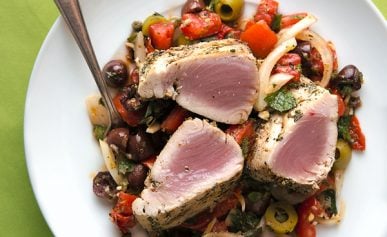
Grilled Tuna Steaks Sicilian Style
Grilled bonito with a Sicilian summer salad. What’s not to love?
Read More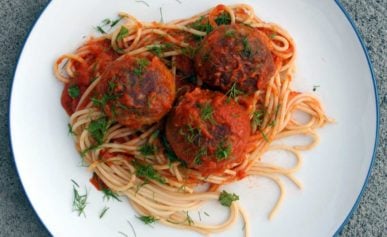
Sicilian Tuna Meatballs
This is a great thing to make with pre-frozen bonito, if you happen to have some, although it’s better with fresh bonito. Super meaty, you will barely realize they are fish!
Read MoreGeneral Cooking Tips
Bonito is best served raw, and while there is a risk to picking up a parasite, it is extremely unlikely. One study showed only 24 cases in the United States from 1973 to 1986, and a 2017 news report quoted the Centers for disease Control and Prevention as saying that cases are rare in the United States.
Alas, bonito does not freeze well raw, as it gets very mushy upon thawing, so you will have to either be OK with the risk, or not. I don’t know anyone and have never read of or heard about any case of anyone getting ill from eating raw bonito in the United States.
If not raw, I’d highly recommend either grilling or smoking bonito, and I will give you a recipe for smoked bonito below.
You grill bonito as you would any tuna, albeit smaller. Bonito benefits from high, hot cooking, and since it is more delicate than yellowfin, make sure your grill is clean and the fish is well oiled.
Pan-seared bonito is also very good, and again, use high heat and a high smoke-point oil (canola, sunflower, grapeseed) to just sear the outside, leaving the center pink.
I’ve also pressure-canned bonito, which gives you something very similar to “chunk light” tuna, which is skipjack. Pack pieces into pint jars, add a pinch of salt and a spoon or two of olive oil, then pressure-can at 10 psi for 90 to 100 minutes.
Finally, there is smoked bonito, my favorite way to eat bonito other than raw.
Smoked Bonito
- 2 pounds bonito fillets, skin on
- 3 quarts water
- 3/4 cup kosher or sea salt
- 1/2 cup brown sugar
- Dissolve the salt an sugar in the water. Soak the bonito fillets in this brine, in the fridge, for 4 to 12 hours; 8 hours is my sweet spot.
- Remove the fish from the brine and set on a rack over a tray, skin side down. Let these rest, uncovered, in the fridge up to a day or two, but at least 1 hour. You can also let them rest at cool room temperature in a breezy place, like under a ceiling fan or near an open window, for an hour or two.
- Get your smoker ready. I prefer alder wood here, but any fruit wood is nice, too, apple and cherry especially. Slick the skins of the bonito with some oil and lay them on the smoker grates. Smoke over low heat, as low as you can go, for up to 3 hours, or until they are nicely bronzed. I set my Traeger at 165F for this.
- Remove the fish from the smoker and let cool to room temperature before vacuum sealing and storing. They will keep in the fridge a week, and up to a year in the freezer. Or, eat them hot!
Nutrition information is automatically calculated, so should only be used as an approximation.
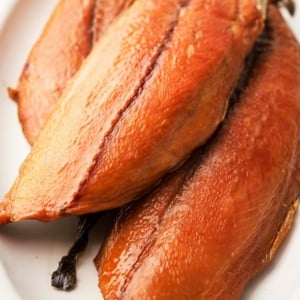


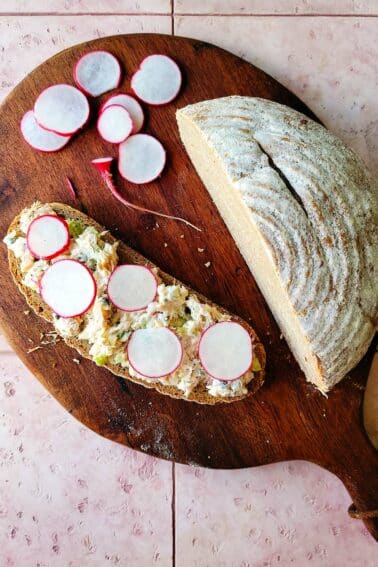
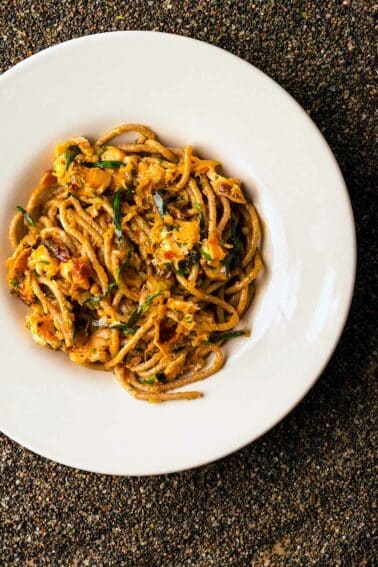
Made this from frozen filets fish we caught. Was hoping it wouldn’t be mushy and it wasn’t!
Hank, would this worth for cleaned fish that has been frozen?
Mike: Eh… not really. Bonito doesn’t freeze well.
I soaked bonito in almond milk over night this draws a lot of blood out of fillets..it turns the filets nine pink color. Soak them over night, then brine for 8 to 10 hrs.
Mike: Almond milk, eh? That’s a new one. Glad it worked.
Thank you so much for this article! I’m a sailing yacht chef and we frequently catch bonito on Atlantic crossings. I often have a fridge full of it and my ideas come short. This is a great list to work from!
This fantastic recipe saved me from throwing out several packages of the bonito-type fish we brought all the way back from Mexico; the fishy flavor came through in every dish, even spiced up for tacos. But we loved how the brining and smoke flavors toned it down to nearly nothing. The second batch is in the smoker now! Thanks!
This fish also lends itself well to being prepared like beef jerkey. Seasoned, smoked and dried.
I love them pressure canned – makes your average supermarket tinned tuna taste like cat food! I also let myself be a little lazy with the skinning because a bit of flesh on it and it makes fantastic bait; freeze up little baggies of bonito skin and you have an oily bait that stays great on a hook.
This is outstanding. I love when people promote fish that are underutilized. I just ate one of these in Belize with real wasabi and coconut rice. It was awesome. Next time I’m in Monterey Bay, I’ll bring home a few and try that tuna with red pepper sauce. Thanks.
Thank you for this article.
To most folks here on the northern Gulf Coast, Bonita is the common name for Little Tunny, Euthynnus alletteratus. They’re similarly maligned as table fare like the fish described here, but the meat is a bit redder and the bloodline may be a bit fishier. However, they’re delicious when fresh and handled carefully.
A friend marinates Bonita in a soy-based marinade and grills them over a wood fire. Oddly enough, the result tastes, and looks, a lot like a very mild piece of tender beef. We once caught one on a handline during a sailboat delivery and had the filets in cold seawater within 10 minutes. After soaking for about an hour, we rubbed them with garlic, lemon, and mayonaise (limited galley provisions) and grilled them over charcoal. The finished filets were grey and looked a little like a Goodyear product, but they were delicious. And not just because we were offshore.
I love smoked bonito!!
Thanks Hank. I live and fish in Southern California. It drives me nuts when I hear a passenger on my boat say “aggghhh, a bonito?” Handling it the most important thing with these fish. Must be bled and put into an ice slush as soon as it comes over the rail. Within minutes….not when the bite stops.
Anyway, thank you for defending the bonito and providing some great recipes I’m excited to try out and share with those that shun the bonito.
I have been served bonito sashimi, both in US and Japanese sushi bars and it was always off menu. The presentation was exactly the same in both countries. The sushi chef charred the surface of each piece of bonito with a small hand held butane torch until it had a light even char on the outside and the inside was still cold. The dipping sauce was a citrus ponzu with noticeable Yuzu and Sudaichi citrus flavor. It tasted like beef tartare as it was so rich and flavorful. I was told that in Japan, bonito is popular for salt grilled fish or katsuo shioyaki . Seasoned only with sea salt and grilled after wave piercing, the Bonito skewers are cooked over super hot binchoton charcoal until just done.
The main use of bonito in Japan ( and it is highly valued for this reason) is to make the traditional smoke dried and aged katsuo bonito for dashi or Japanese fish and kelp stock. The dried bonito is harder than most hardwood after repeated smoking and drying sessions and is traditionally shaved on a Japanese sharp box plane grater into super thin flakes that are used to make dashi. Or you can buy lesser grade katsu bonito already shaved in plastic bags, ready to use. Dried shaved Bonito flakes are the Japanese Parma Reggiano of Japan and used as a most importnat seasoning in many traditional Japanese dishes. That makes Bonito a very highly valued fish in Japan.
Please comment specifically on false albacore. They have much more dark red meat than bonito and I have not had success preparing them.
I love bonito, but I don’t think you’ll find a good way to prepare false albacore. Although they look similar, their quality as table fare is miles apart. Here in NC we see both and at times folks confuse them. You can look at the stripe pattern for the difference, but the easiest way to tell and to remember is that Atlantic bonito have sharp teeth and the false albacore don’t – I was told to remember, “If it can eat you, you can eat it.”
Cameron: I’ve cooked false albacore a number of times. Never a problem… if you carve out the almost black bloodline first. They are also good raw, also sans bloodline.
When I was a kid growing up in Ventura County we regularly caught Bonita, they were everywhere. We even trolled for them off a friend’s motorless sailboat out of Santa Barbara Harbor. One time we ran short of lures so we sailed close to the beach, I dove overboard, swam to shore, bought some more gear at the harbor tackle shop, swam back out, got picked up by our boat and got back to fishing. Catching bonito and dropping sails all at once was a fire drill! As a kid Bonito were my favorite fish to catch and eat. We always cut away the dark medial strip.
HI Hank,
When I lived in SoCal, bonito was always my light tackle fish of choice. In those days there were barges permanently anchored in Long Beach Harbor and a ride out to one of them was an easy day’s fishing for a child or teen. Bonito and mackerel seemed to alternate in population swings and when the bonito were in? Man! Fresh water gear and feather jigs and away we went.
And I agree. They are definitely best raw. Bonito fillets with soy or wasabi and I was a happy eater.
Absolutely spot on. Only time I ever caught bonita was in the early 80’s when fishing for salmon off San Francisco. It was an El Nino year, so there were no salmon, but fish from SoCal were being caught 400 miles to the north. It was delicious raw as sashimi, likewise cut into steaks and grilled next day.
Thanks for the tip on bleeding and icing.
that does not appear to be Sarda sarda in the photo…the dorsal is wrong, no teeth and too many spots…
Whoda think it. We always used bonito for cut bait… thanks Hank. Looking forward to “coot for thanksgiving dinner”.. ?